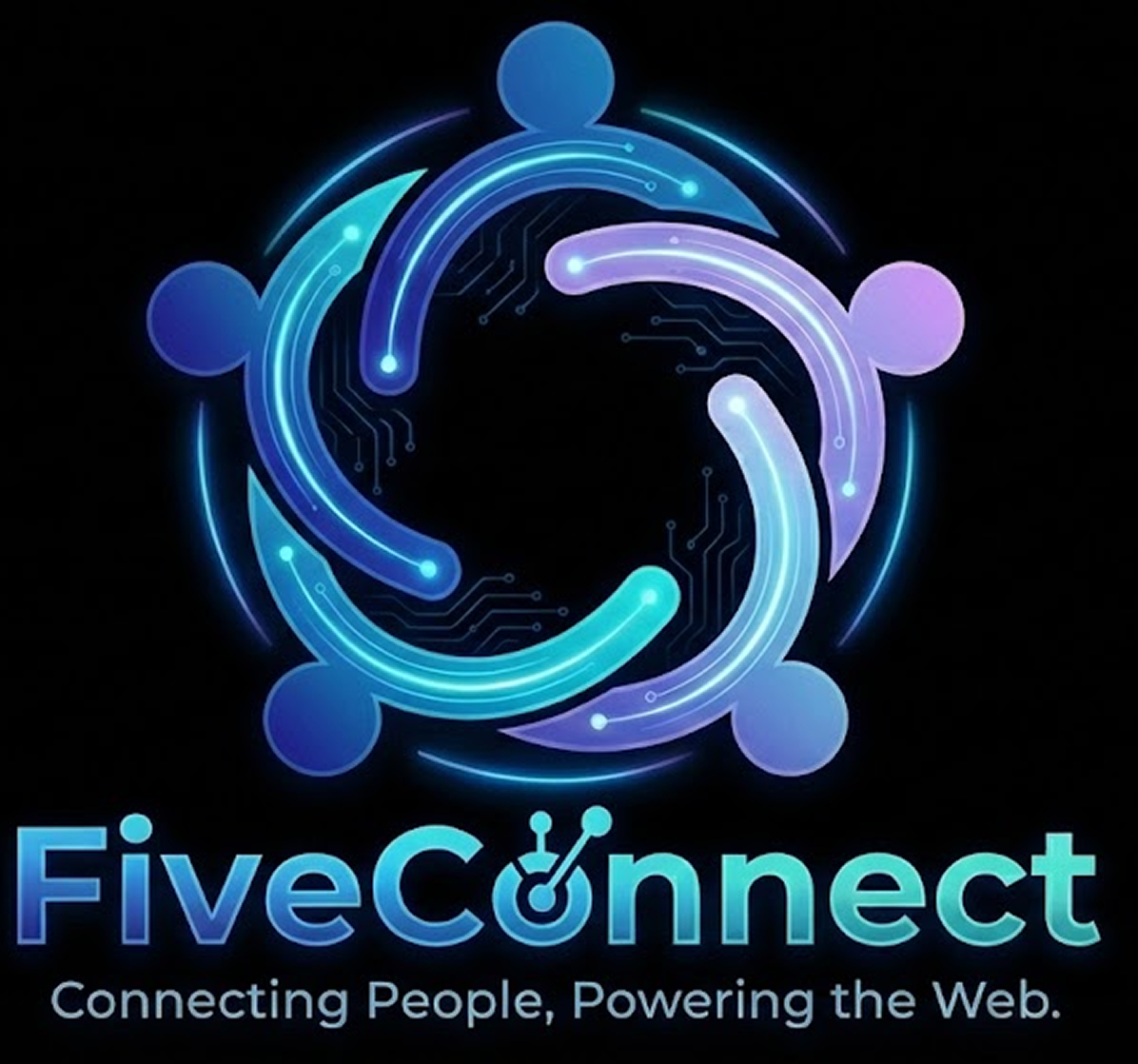Businesses today demand faster, more reliable internet than ever before. Traditional cable and DSL connections can’t always keep up with the needs of cloud computing, video conferencing, and real-time collaboration. Fiber-optic internet has emerged as the gold standard, offering unmatched speed and stability that directly impacts productivity and long-term growth.
What makes fiber different?
Unlike copper cables used in DSL or cable internet, fiber uses light to transmit data. This allows for speeds up to 1 Gbps and beyond, often symmetrical—meaning upload and download speeds are the same. For businesses that upload large files, rely on cloud-based tools, or host video meetings, symmetrical speeds make a significant difference. Providers like AT&T Fiber and Google Fiber are leading the way in bringing fiber to more areas.
Reliability under pressure
Fiber is less prone to slowdowns during peak hours compared to cable connections. This means employees experience fewer disruptions, even when multiple users are online simultaneously. Fiber cables are also resistant to electrical interference, which can plague copper-based connections.
Supporting cloud-based business tools
From Salesforce to Dropbox Business and Microsoft 365, cloud applications are central to modern business operations. Fiber’s low latency and high speeds ensure these platforms run smoothly, reducing lag and keeping teams efficient.
Enhancing customer service
Fast internet improves customer-facing operations. Whether it’s processing payments through Square, streaming product demos, or maintaining responsive live chat, fiber ensures seamless interactions that strengthen customer trust and satisfaction.
Scalability for growing businesses
One of fiber’s biggest advantages is scalability. As businesses grow, their bandwidth needs increase. Fiber connections can be upgraded more easily than traditional internet options, making them ideal for companies planning for expansion.
Investing in fiber and related equipment
Transitioning to fiber often requires upgrading routers and network infrastructure. Businesses can find suitable hardware through retailers like Best Buy and Staples. To cut costs, companies can earn cashback with a Best Buy gift card or get rewards with a Staples gift card, while platforms like Fluz make these savings even more accessible.
Final thoughts
Fiber-optic internet isn’t just faster—it’s more reliable, scalable, and better suited for the demands of modern business. Companies that make the switch gain an edge in efficiency, customer experience, and future readiness. For businesses that want to stay competitive, investing in fiber is less of a luxury and more of a necessity.





